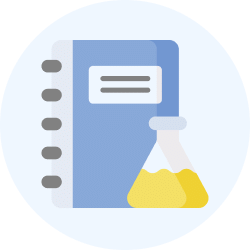Sequences and Functions | Year 7 Mathematics IGCSE (Cambridge) - Class 7 PDF Download
Recognizing Sequences
Sequences are ordered lists of numbers or objects that follow a specific pattern or rule. In mathematics, recognizing sequences helps us understand how numbers relate to each other and predict future terms.
Arithmetic Sequences
- In an arithmetic sequence, each term increases or decreases by a constant difference. For example: 2, 5, 8, 11, 14...
- Example: Identify the common difference in the sequence 3, 7, 11, 15...
Geometric Sequences
- Geometric sequences have a constant ratio between consecutive terms. For example: 2, 6, 18, 54, 162...
- Example: Find the common ratio in the sequence 3, 9, 27, 81...
Identifying Patterns
- Look for recurring patterns or rules that govern how each term is derived from the previous one.
Using Functions
Functions in mathematics describe relationships between inputs (domain) and outputs (range). They can be expressed in various forms, such as equations, tables, or graphs.
Function Notation
- Functions are often denoted as f(x), where x represents the input value.
- Example: Given f(x) = 3x + 2, find f(4).
Function Tables
- Tables organize inputs and corresponding outputs for a function.
- Example: Complete the table for the function g(x) = 2x − 1.
Graphical Representation
Graphs visually represent functions, showing how inputs and outputs relate.
Example: Plot the graph of h(x) = x2 for −3 ≤ x ≤ 3.
Summary
Understanding sequences and functions helps in analyzing patterns, predicting future terms in a sequence, and interpreting relationships between variables in functions. Practice identifying different types of sequences and representing functions in various forms enhances mathematical skills and problem-solving abilities.
|
28 videos|76 docs|22 tests
|
FAQs on Sequences and Functions - Year 7 Mathematics IGCSE (Cambridge) - Class 7
| 1. What are some common types of sequences? |  |
| 2. How can functions be used to represent sequences? |  |
| 3. How do you determine the next term in a sequence? |  |
| 4. What is the difference between a recursive formula and an explicit formula for a sequence? |  |
| 5. Can sequences and functions be used in real-world applications? |  |





















